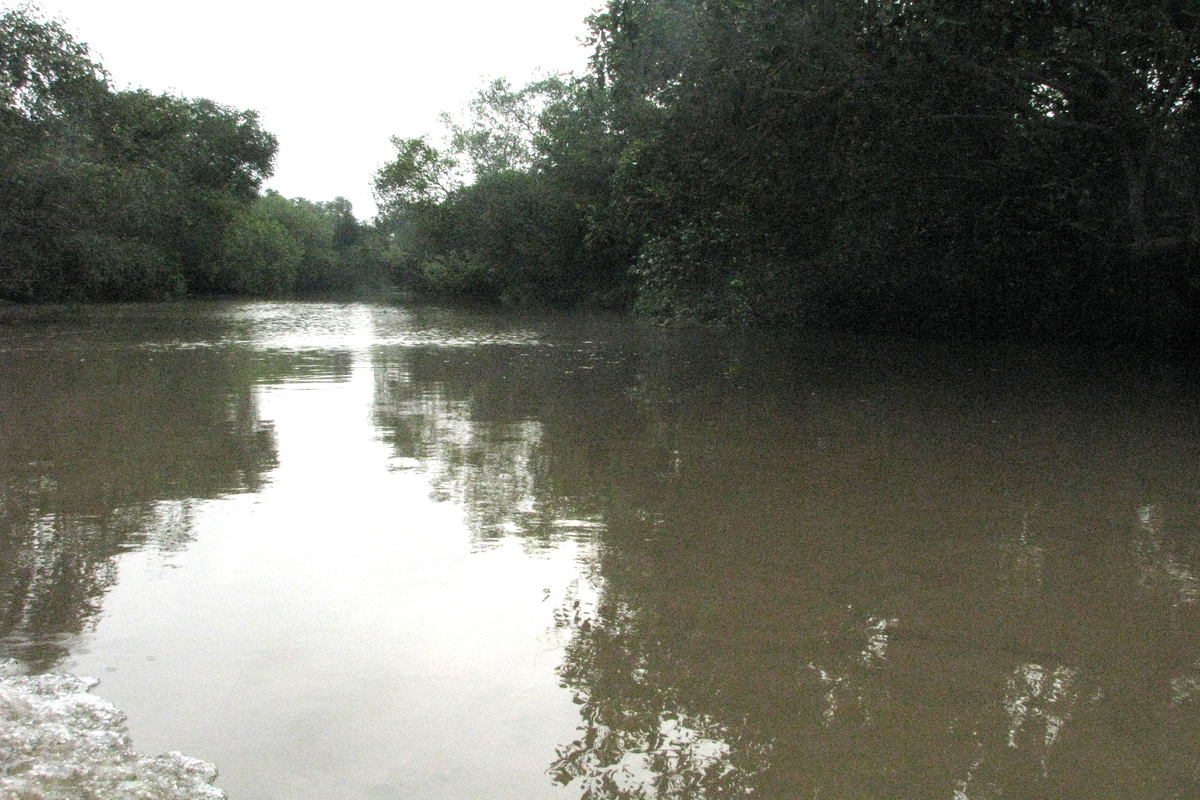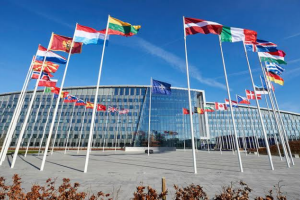With climate change Bhitarkanika Mangroves in Odisha, home to one of the finest remaining patches of mangrove forest along the Indian coast, are expected to be at a ‘very high’ risk exposure to an increased frequency and intensity of cyclones and a ‘moderate’ to ‘high’ risk of storm surges of up to 5 metres.
Climate change is also expected to bring heavy, intense and unexpected rainfall, which will cause flooding of low-lying areas, according to a study titled ‘The Climate Risk Assessment of Bhitarkanika Mangroves’ conducted by the Odisha government, International Climate Initiative and other agencies.
Advertisement
The Bhitarkanika Ramsar site has a ‘high’ vulnerability to the projected climate changes, like the sea-level rise and the increase in the frequency of cyclones. Furthermore, the vulnerability of mangroves to both the decrease in rainfall during the dry season (February – March) and the increase in temperature during the monsoon and summer periods is ‘very high’, the study noted.
Since mangroves provide a habitat for crocodiles and fish and support tourism, their vulnerability will have knock-on impacts on the dependent crocodiles and fish as well as many other wildlife assets such as migratory birds, it predicted.
The Bhitarkanika Mangroves located in the state of Odisha, India, cover about 65,000 ha and were designated as a Ramsar Site in 2002. It had been declared as the Bhitarkanika Wildlife Sanctuary back in 1975 under the National Wildlife Protection Act, with a core area of 14,500 ha designated as Bhitarkanika National Park for stricter conservation management under the Wildlife Protection Act.
This sanctuary is one of the finest remaining patches of mangrove forest along the Indian coast. The site is visited by about 500,000 Olive Ridley Turtles annually, making it the world’s largest mass nesting beach. It is also a habitat of international importance for bird nesting and breeding – 280 species of birds have been identified, and the site contains one of the largest heronries in Asia. The Bhitarkanika Mangroves have the highest density of Saltwater Crocodiles (Crocodylus porosus) in the country, with a population of nearly 1700 individuals. It is one of the most diverse mangrove ecosystems in India, with 70 mangrove species. That dense mangrove forest protects local villages from devastating cyclones and tidal surges.
Villages with wider stretches of the Bhitarkanika Mangroves between them and the coast experienced significantly fewer deaths compared to ones with narrower or no mangroves. The area also supports 2,50,000 inhabitants in 410 villages whose livelihood is mainly dependent on agriculture, fishing and aquaculture, according to the study.











